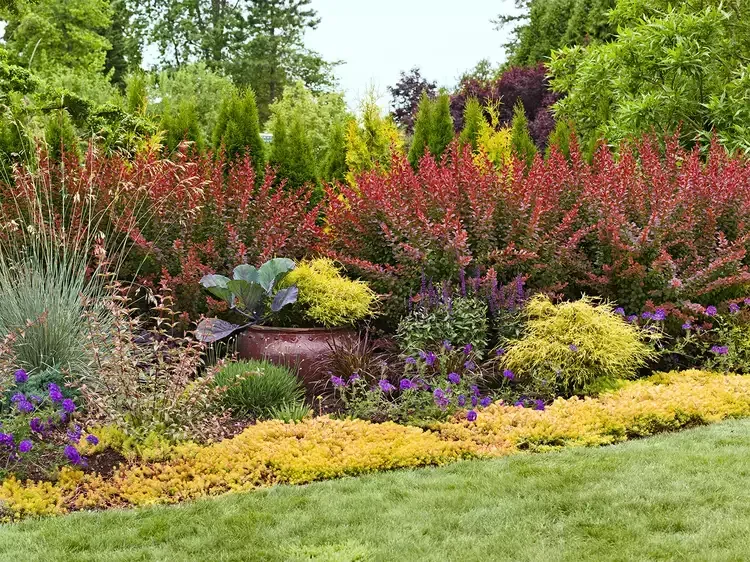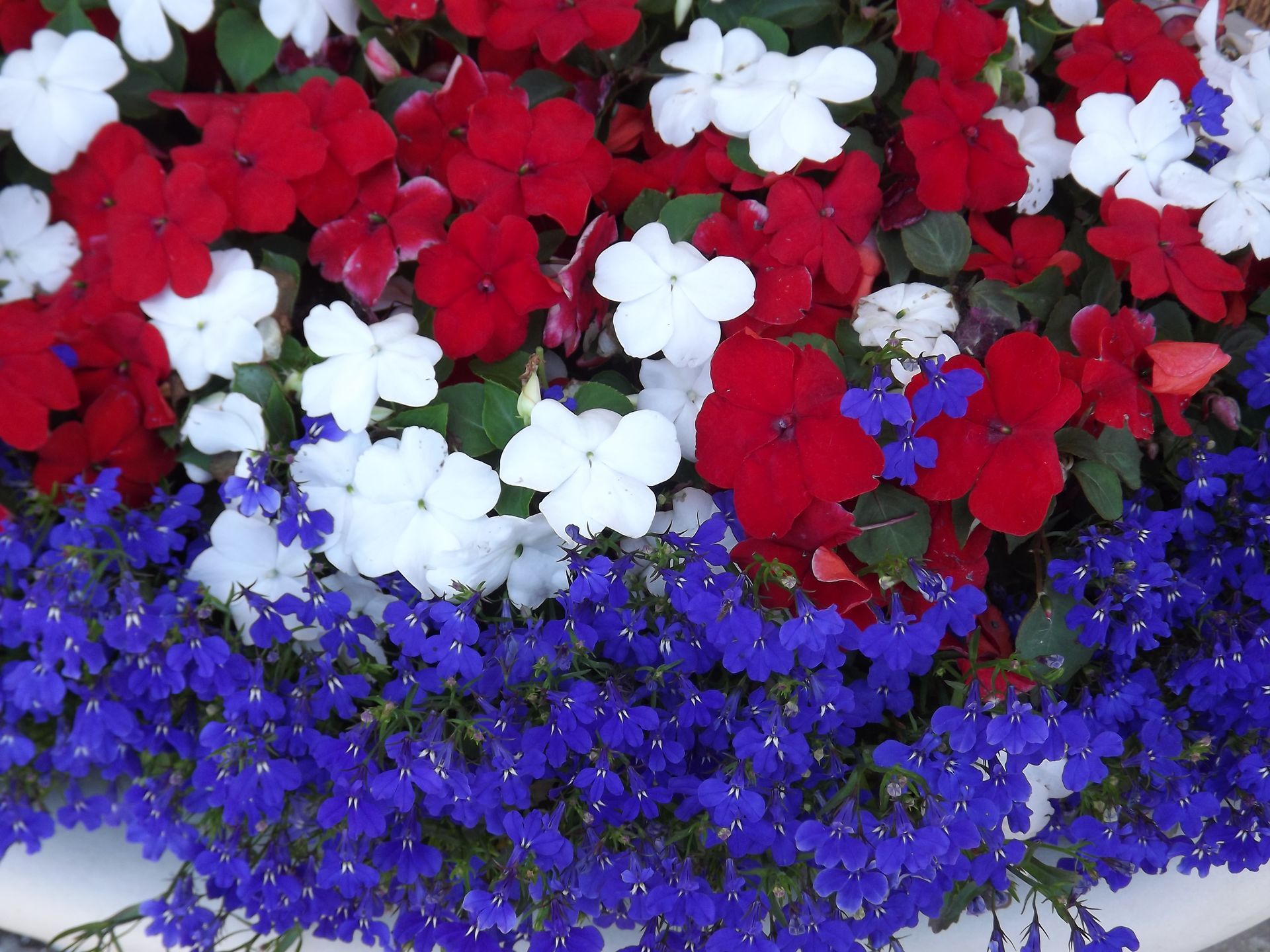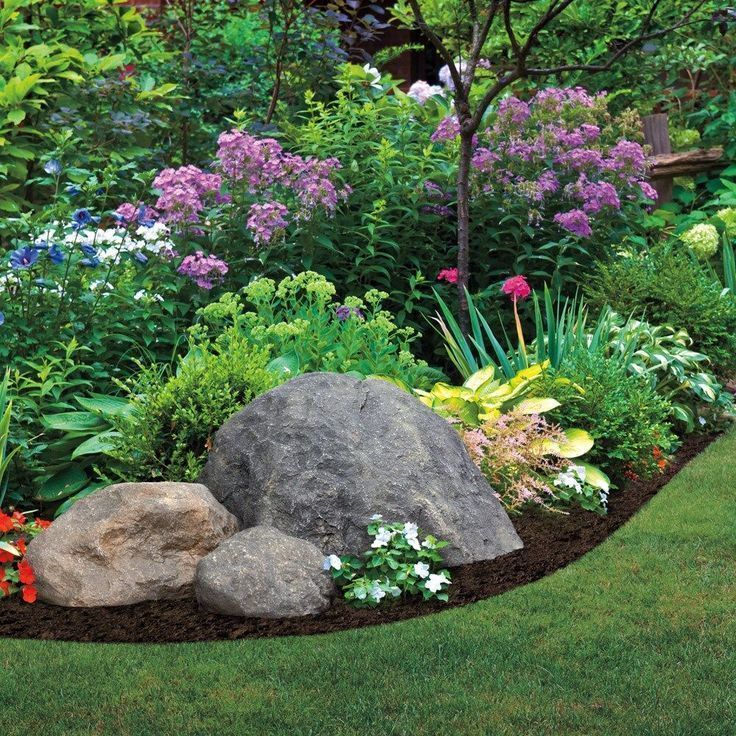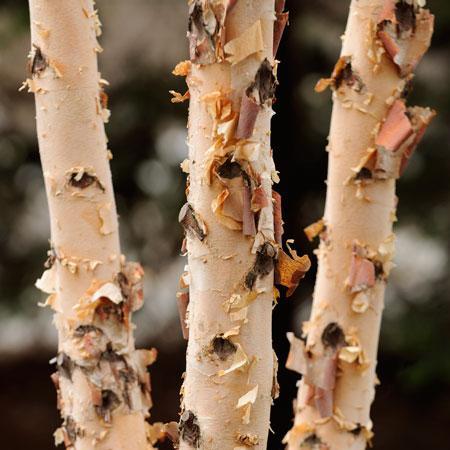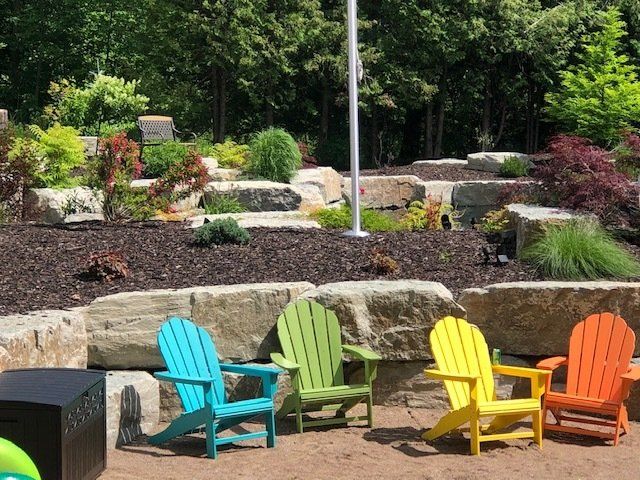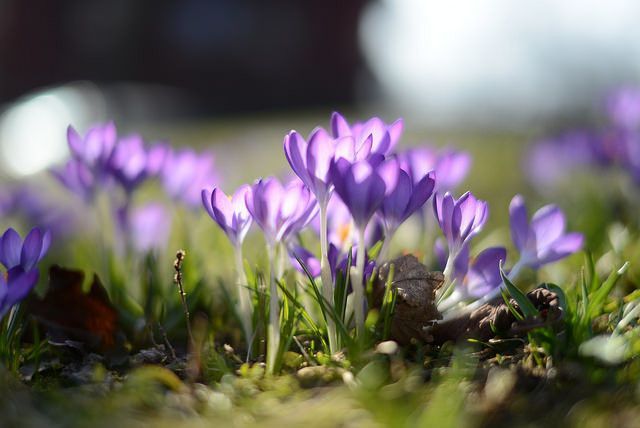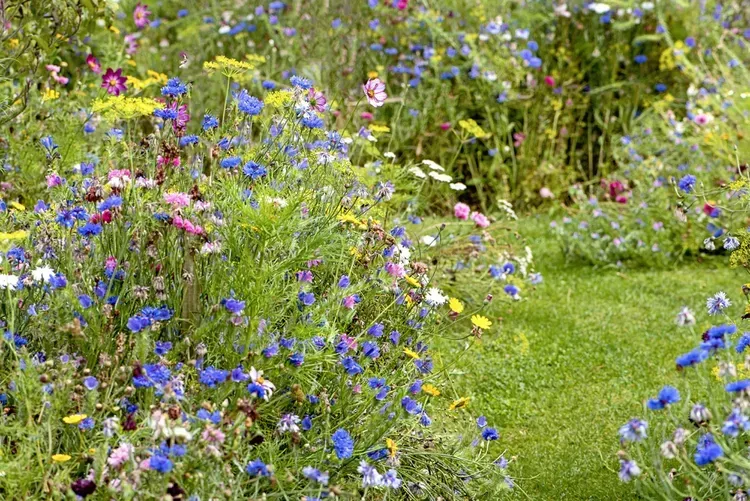By 7062721248
•
April 24, 2025
Gardens are growing, and so are the trends shaping them. From eco-savvy native gardening designs to responsibly sourcing your seeds and plants, our experts share their top trends for 2025. Whether you're a green gardener or green-thumbed pro, these hot takes will provide endless inspiration. Meadow mania
The “meadow” or “prairie” approach to landscaping is blossoming in popularity as gardeners embrace eco-conscious ways to design their spaces. By incorporating native plants like little bluestem, Echinacea, and Rattlesnake Master alongside adaptable non-natives such as Russian sage and yarrow, homeowners are creating vibrant, climate-resilient landscapes. A standout for 2025 is short-toothed mountain mint (Pycnanthemum muticum), the Perennial Plant of the Year. This native gem is drought-tolerant and a magnet for pollinators—a perfect addition to meadow-style gardens. To achieve this look, start by reducing lawn space and planting a mix of hardy perennials, grasses, and wildflowers in natural groupings. Unlike traditional gardens, this “dry and wild” method requires less water, reduces maintenance, and fosters biodiversity. With its relaxed charm and environmental benefits, the meadow approach is a win for gardeners and ecosystems alike.
Short and sweet Short-blooming plants are lovely additions to gardens, offering a compact, tidy look while providing essential resources for pollinators. These plants work beautifully as borders between garden beds and lawns, helping transition from taller plants to neat, manicured grass. Species like Pussytoes (Antennaria neglecta), Prairie Smoke (Geum triflorum), and Jacob’s Ladder (Polemonium reptans) bloom in spring, but their fascinating, textural foliage enhances the landscape long after the flowers fade. Adding a blend of low-growing grasses and wildflowers offers a meadow-like appearance, which can be styled to look more structured or intentionally wild. With proper care, this design approach provides vibrant color and texture throughout the seasons, benefiting both the aesthetic of your yard and the local ecosystem.
Milkweed for a butterfly bonanza As the U.S. Fish and Wildlife Service considers listing monarch butterflies as endangered, gardeners have a chance to help save this iconic species. Monarchs continue to decline due to habitat loss, pesticide use, and climate change, which have destroyed their breeding grounds and reduced milkweed—their essential host plant.
By planting more milkweed, homeowners can create vital habitats to support monarchs and help reverse their decline and ensure these beloved pollinators thrive for generations to come. Above all, if you're interested in maximizing the enjoyment of YOUR yard call us today to schedule your free landscape consultation and let us help you bring your gardening desires to life! Source: https://www.chicagobotanic.org

